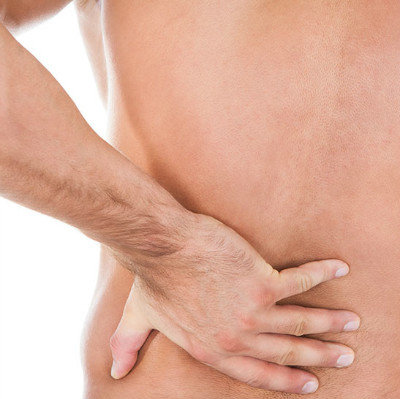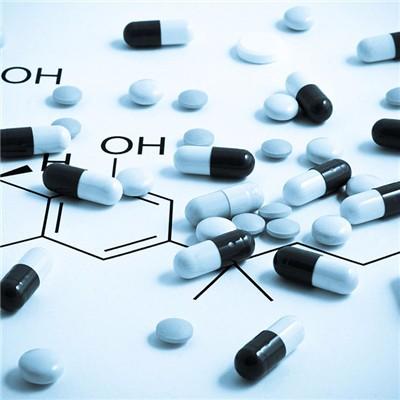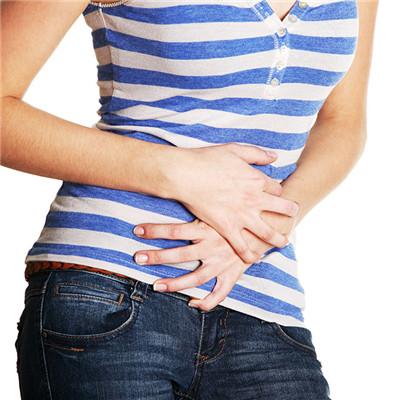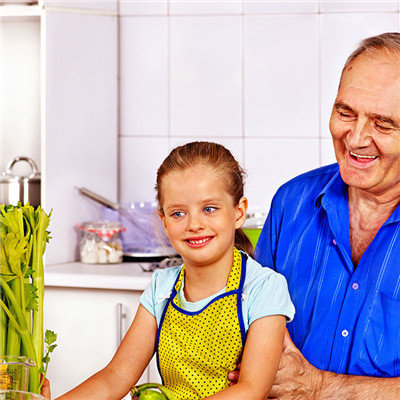What does food poisoning death have
summary
According to the Department of health supervision, there is a kind of Bacillus cereus, which is most likely to grow and propagate toxins in rice, rice flour and other dairy products, meat products, vegetables and other foods at the temperature of 16 ℃ - 50 ℃. Summer and autumn are the most active seasons of Bacillus cereus. Therefore, Bacillus cereus food poisoning is also most likely to be prevalent in summer and autumn, and most of the poisoned foods are food poisoning Leftovers, fried rice, cold dishes and sauces, etc. Now let's share the death of food poisoning.
What does food poisoning death have
Symptom 1: gastrointestinal food poisoning. Gastrointestinal food poisoning is more common in summer and autumn when the temperature is high and bacteria are easy to grow in food. It is characterized by nausea, vomiting, abdominal pain, diarrhea and other symptoms of acute gastroenteritis.
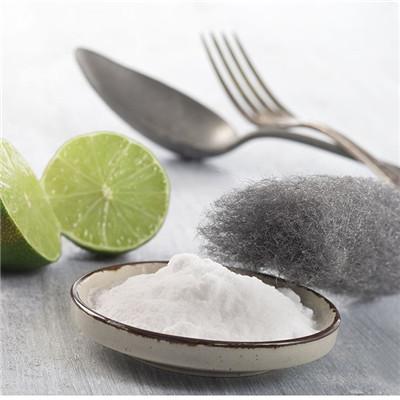
Symptom 2: staphylococcal food poisoning. It is an acute disease caused by eating food contaminated by Staphylococcus aureus and its enterotoxin. The common food causing staphylococcal food poisoning are starch (such as leftovers, porridge, rice noodles, etc.), milk and dairy products, fish, eggs, etc. when the contaminated food is stored at room temperature of 20-22 ℃ for more than 5 hours, the bacteria multiply in large quantities and produce enterotoxin. The toxin has strong heat resistance and can still maintain its virulence and cause disease after boiling for 30 minutes.

Symptom 3: Proteus food poisoning. It is caused by ingesting a large amount of food contaminated by Proteus. It is a kind of food poisoning caused by opportunistic pathogens. Proteus is a gram-negative bacterium, which can be divided into Proteus vulgaris and Proteus mirabilis according to different biochemical reactions. There are more than 100 serotypes.
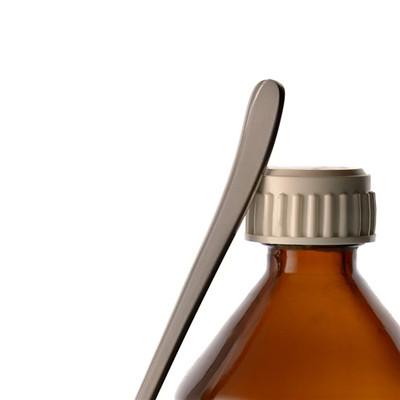
matters needing attention
Due to the increasingly serious pollution in modern society, fresh vegetables and fruits may also become places for bacteria to hide. When you buy them home, you should put them into the refrigerator immediately. Vegetables should be soaked in water for about 1 hour before washing. Fruits should be washed with water and wiped clean with paper towel before eating.
